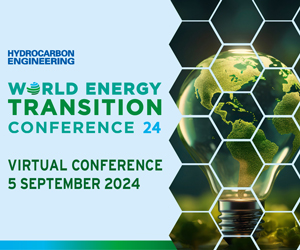Green IT, or green computing, is on the rise, redefining our relationship with information technology. This concept encompasses a set of practices designed to limit the environmental impact of digital technologies, which already contribute to 4% of global greenhouse gas emissions. By aiming to reduce energy consumption, extend the lifespan of equipment, and optimize their usage, Green IT emerges as an essential response to current ecological challenges. In this quest for sustainability, from software design to device recycling, every step in the technology lifecycle becomes an opportunity to act in an eco-responsible manner. Sustainable IT strategies not only reduce our carbon footprint but also propose a gradual decarbonization of the economy.
Green IT, also known as green computing or responsible digital technology, is a concept that encompasses all practices and strategies aimed at reducing the environmental impact of information and communication technologies (ICT). This term covers various aspects ranging from software design to device manufacturing, including their usage and potential recyclability.
The Green IT label mainly focuses on three major aspects: reducing energy consumption, extending the lifespan of IT equipment, and optimizing digital services to minimize their ecological footprint. This approach is essential in a world where digital technology accounts for approximately 4% of global greenhouse gas emissions. Report
In addition to reducing the carbon footprint, Green IT proposes practices ranging from eco-responsible server management, called digital sobriety, to using less energy-intensive equipment. This can include data centers built with eco-responsible storage strategies, paving the way for increased energy efficiency.
Another major aspect is extending the lifespan of equipment. The constant renewal of devices often generates a huge amount of electronic waste, which can be mitigated by reusing, recycling, or even repairing existing devices. By extending the life of equipment, we reduce the demand for new resources and decrease digital waste.
Software design practices also play a crucial role in Green IT. This includes optimizing algorithms to consume fewer resources and implementing systems designed to operate on less powerful hardware, thereby reducing the need for incessant hardware upgrades.
Another focal point involves education and awareness. Indeed, knowing how to better use ICT in a more ecological framework is fundamental, whether at the individual, organizational, or governmental level. Initiatives such as the ecological challenge of digital technology in schools are projects to encourage.
Ultimately, sustainable computing seeks to establish a balance between technology and sustainability. It is about rethinking our relationship with current technologies while maintaining their performance, akin to the co-innovation initiative between Google Cloud and Carrier Energy for more efficient systems.
In conclusion, Green IT represents much more than just an ecological trend; it is an essential approach in the digital age, finding its solutions and benefits within the realm of sustainable computing. For many organizations, it is urgent to commit to responsible digital practices, thus supporting the transition to a greener economy. Learn more
FAQ: Understanding Green IT
Q: What is Green IT?
A: Green IT, or green computing, refers to environmentally friendly computing practices. They aim to minimize the environmental impact of information and communication technologies (ICT).
Q: Why is Green IT important?
A: Green IT is crucial for reducing the carbon footprint of the digital sector, which accounts for about 4% of global greenhouse gas emissions. It helps to decarbonize the economy.
Q: What are the main objectives of Green IT?
A: The main objectives of Green IT include reducing energy consumption, extending the lifespan of IT equipment, and promoting sustainable practices throughout the technology lifecycle.
Q: How can Green IT be implemented?
A: Implementing Green IT involves an ecologically responsible use of ICT, including software design, equipment manufacturing, effective usage, and potential recycling.
Q: What is the Green IT label?
A: The Green IT label, or green computing, encompasses all actions aimed at reducing the environmental, economic, and social impact of ICT.
Q: What are the benefits of Green IT?
A: The benefits of Green IT include a reduction in ecological footprint, better energy efficiency, and a contribution to a more sustainable future.
Articles similaires
Thank you!
We will contact you soon.













